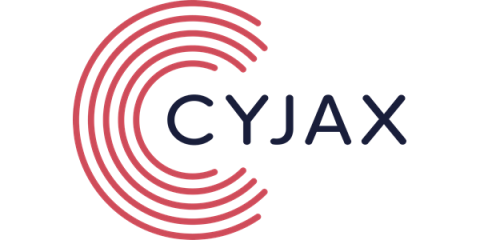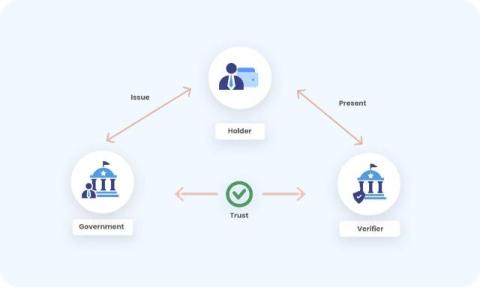An elephant in Kairos: data-leak site emerges for new extortion group
It is nearing 2025, and data-leak sites (DLSs) for extortion groups continue to emerge. November 2024 continues this trend, with Cyjax observing the thirteenth most recent materialisation of a DLS for an extortion group calling itself “Kairos”. At the time of writing, Kairos has claimed attacks against six victims, two of which have acknowledged significant data breaches in 2024. However, it is unclear whether these are related.











